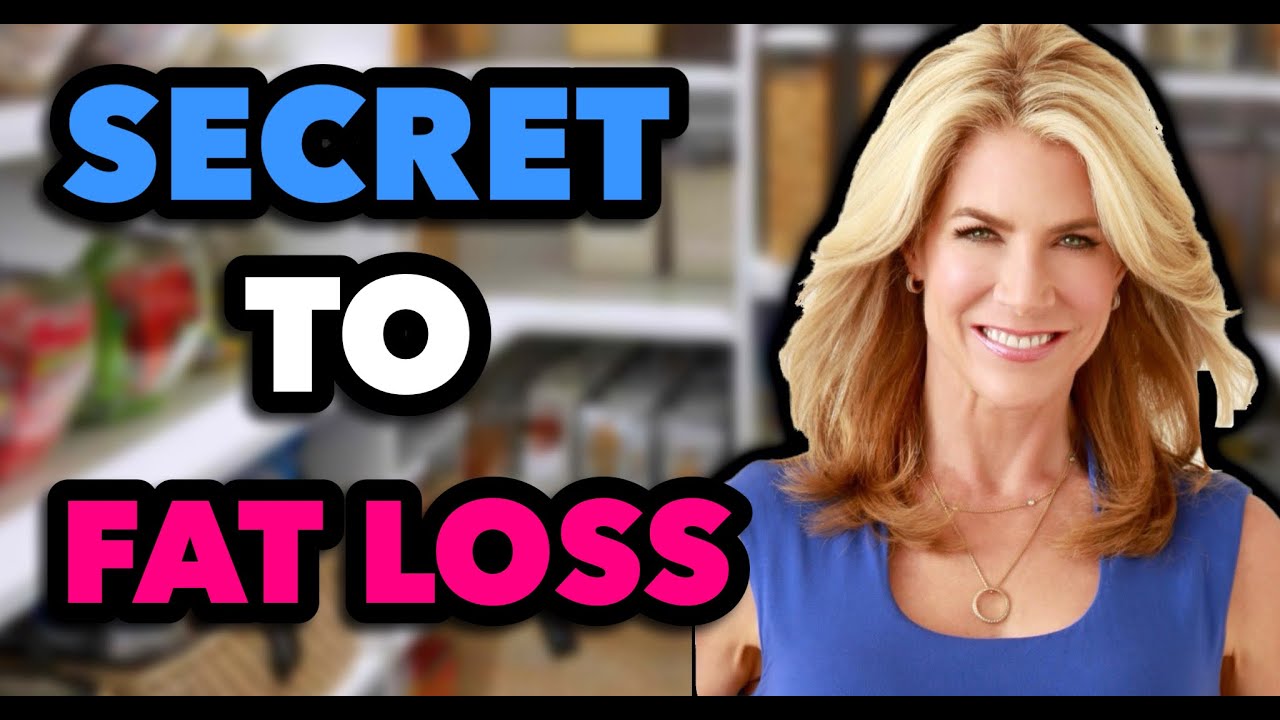Salads are one of my favorite ways to eat by the plate and incorporate my magic trifecta of lean protein, healthy fats, and fiber. But they often get a bad rap as a sad “diet” food. If you believe that—listen up, because I guarantee you’re doing it wrong.
Learn why your restaurant salad might be the most unhealthy thing on the menu (and how to fix that) here.
When done right, salads are packed with flavor. You’ll find yourself craving them for lunch and dinner (dare I say occasionally breakfast, too?). Salads are so versatile and easy to toss together, and when you bring in a variety of veggies, spices, and other delicious components, you make them way more fun and a lot less boring.
Let me show you how:
Strategy 1: Add Some Crunch or Chew
For fun salad recipes, the crunchy stuff is often the best part. It adds texture and makes the dish more interesting and enjoyable. Most of the time this is achieved with croutons, but you don’t need any high food intolerance (Hi-Fi) foods to get the crunch you’re looking for.
Instead, try:
- Chopped fresh veggies like onions, cucumbers, carrots, etc.
- Slivered almonds
- Raw walnuts
- Beans and legumes (roasted or air-fried until crisp)
- Gluten-free black bean chips
Strategy 2: Include Low-Sugar Impact Fruit
Don’t forget, you can add fruit to your salad, too. Low-sugar fruits like berries add a little sweetness, make your salad more substantial, and make it prettier, too (we do eat with our eyes first!). They can also add more interesting flavor to an otherwise run-of-the-mill veggie combo.
Not sure how to incorporate them into your recipe? Here are a few ideas: Strawberries go well with sliced almonds, balsamic vinegar, and extra-virgin olive oil. A handful of blueberries tastes great in a kale salad with some coconut flakes and lemon vinaigrette. Sliced avocado is another delicious fruit packed with heart-healthy monounsaturated fat, fiber, and nutrients that tastes great on all sorts of salad combinations. Get creative, experiment, and see what flavors you enjoy together.
Learn more about how to go low-sugar impact without deprivation or going cold-turkey here.
Strategy 3: Add Color
A bright, beautiful dish chock full of fresh produce creates a visually appealing meal. Make sure your salad has lots of natural colors, including things like purple carrots, green kale, beets, orange bell peppers, blueberries, and red tomatoes.
The more attractive your food is, the better it will taste. Plus, having multiple different colors in your meal means you’re getting a variety of phytonutrients that are beneficial to your overall health. It’s always a good idea to have at least three colors on your plate (and white is not one of them, unless it’s cauliflower!).
You can even make your dressing colorful, using things like berries, avocado, turmeric, and other brightly hued ingredients to whip up a vibrant mixture you can drizzle all over your dish.
Strategy 4: Go For Texture
For fun and tasty salad recipes, first choose a lettuce that pairs well with your other ingredients. Next, add a variety of textured items like raw walnuts or pumpkin seeds, something grilled like onions, and something crunchy and raw (jicama, radishes, sprouts). Aim for multiple textures in every bite. Some crunchiness adds an element of surprise that makes every bite fun.
Strategy 5: Go Nuts
Nuts and seeds add protein, fiber, healthy fats, nutrients, and flavor to any salad. Healthy fats reduce your appetite and stabilize your blood sugar. You’ll want to aim for one to three servings of healthy fats at every meal. (A handful of nuts is one serving.)
Learn why peanuts aren’t a nut (and drive me nuts!) in this blog
Try nut cheeses too, which make a healthy alternative to cow’s and other animal-based cheese. Sub an ounce of cashew or other nut cheese when recipes call for things like goat cheese, brie, or blue cheese.
Strategy 6: Protein Power
Protein helps keep you feeling full longer. Organic grilled chicken strips, grass-fed steak, or canned wild-caught tuna make excellent protein sources. For vegetarians and vegans, add beans and other legumes, nuts, and seeds to meet your protein needs.
My All-In-One Shakes pack 20-22 grams of protein per serving and taste absolutely delicious! Whether you’re paleo, keto, vegan, or vegetarian (or none of the above), you’ll find one that suits your needs here.*
Strategy 7: Use a Spiralizer
The popularity of spiralizers has skyrocketed in recent years. This incredibly useful tool can turn your favorite veggies like zucchini and squash into spaghetti-like noodles. You can even use a spiralizer for sweet potatoes, beets, and cucumbers.
Spiralized veggies definitely make salads less boring and more fun, and you can even find cookbooks now devoted to recipes with them. Plus, you can use these veggie noodles as a healthy swap in pasta salad recipes, too. The possibilities are endless!
Strategy 8: Spice It Up
One of the biggest reasons people get bored with salads is because they don’t make them taste very good. Don’t forget to season everything that goes into your bowl!
Salt, pepper, garlic powder, onion powder, paprika, cumin—choose your favorite herbs and spices that pair well with the rest of the meal. This will really amp up the flavor while adding some bonus health benefits, too. You’ll never go back to boring, under-seasoned salads again.
Don’t get bored with the same old salads! There are many ways to shake up your routine and create the best salad recipes ever.
“Where do I start?” I get that question a lot. That’s why it’s so important to have a roadmap you can trust. A roadmap that breaks down your health journey into small, manageable steps. Download my Ultimate Health Roadmap and take control of your health… one step at a time. Get your FREE guide here.
The views in this blog by JJ Virgin should never be used as a substitute for professional medical advice. Please work with a healthcare practitioner concerning any medical problem or concern. The information here is not intended to diagnose, treat, or prevent any disease or condition. Statements contained here have not been evaluated by the Food and Drug Administration.
*These statements have not been evaluated by the Food and Drug Administration. This product is not intended to diagnose, treat, cure, or prevent any disease.





